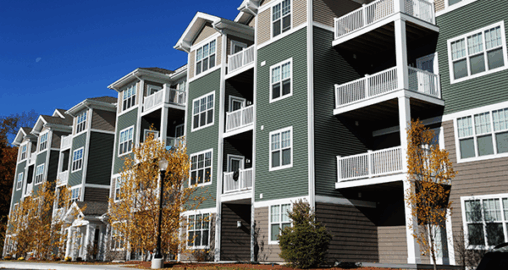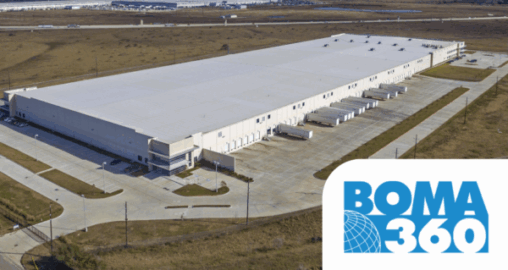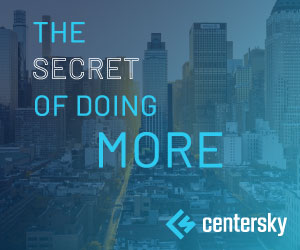Rising Interest Rates, Inflation Lead Investors to Reassess Which CRE Assets to Pursue
June 28, 2022 | Buck Wargo | WealthManagement.com
Multifamily and industrial continue to be in demand among commercial real estate investors, in spite of the new challenges. But the investment environment is changing and with it the calculus for which assets to invest in.
Rising interest rates, inflation and fears of a recession are starting to change the calculations of how to get the best returns for commercial real estate investors. Should they continue to favor multifamily and industrial assets, which have served them well through the pandemic disruption? Or switch to higher risk, but higher yield investments? It looks like the best approach might be combining the two strategies.
A report released last Wednesday by MSCI Real Assets, a global investment research firm, showed that the volume of commercial property sales is tapering off and that across the core property sectors, only apartments, retail and hotels posted growth in deal volume in May 2022 compared to May 2021. According to the report, inflationary pressures and rising interest rates have thwarted deals that no longer made economic sense.
Overall, MSCI reported the pace of growth in U.S. commercial sales dropped to 3 percent in May from double digit growth in the first quarter of the year. But the drop-off in sales was not spread evenly across property sectors.
During the month, U.S. multifamily sales totaled $21.5 billion, a 22 percent year-over-year increase, MSCI reports. Hotel sales rose by 36 percent to $3.1 billion and retail sales went up by 34 percent to $5.9 billion. At the same time, industrial sales volume in May dipped by 20 percent, to $7.2 billion, while office sales went down by 34 percent, to $5.1 billion, as a result of the continued hit from remote work.
In the market at large, interest rates “are certainly having an impact,” according to John Chang, a senior vice president and national director of research services with Marcus & Millichap. While the cost of capital varies by property type and location, cap rates are being pushed down into the 3 percent and 4 percent range, he says.
“It’s hard for investors to make a decision about buying a property with 4 percent yield when they’re paying 5 percent on the cost of capital,” Chang notes. “The only times they’re going to do that is when they have a very clear pathway to rent growth and revenue growth that will more than offset that in the next 12 to 18 months. We do see the number of people bidding on assets start to thin, and we’re seeing fewer offers on properties.”











